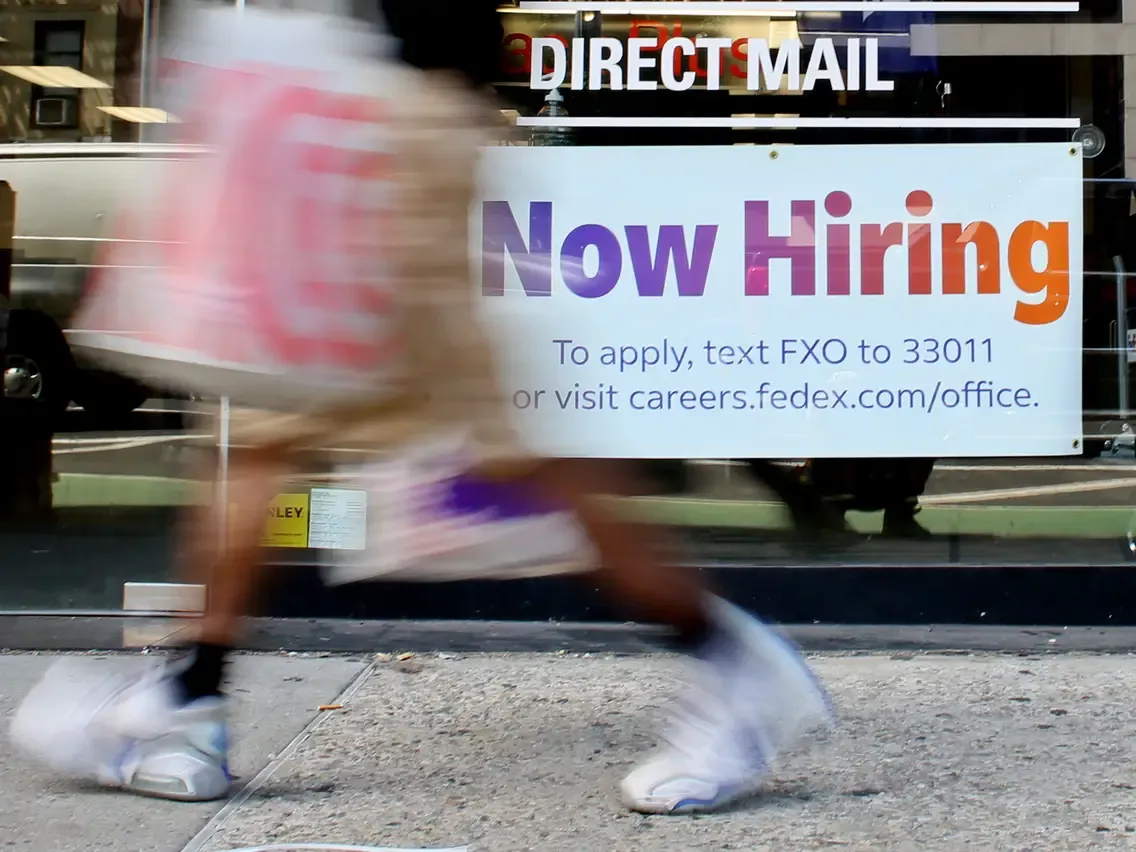U.S. Jobs Report Boosts Expectations For Higher Peak Interest Rates
Because of January's historic U.S. jobs report, major central banks around the world are now anticipated to eventually raise interest rates to greater levels than initially anticipated, with several of them likely to take longer to do so.
The data from February 3—which revealed a startling 517,000 new jobs added in January—did more than simply change the course of events in the United States; since then, traders and investors have agreed with the Federal Reserve's policymakers that this year's interest rates must be at least 5%. According to Alan Ruskin of Deutsche Bank, the macro strategist, traders have raised their forecasts for the predicted "terminal" or peak rate for the nations and regions that make up the Group-of-10 currencies in response to the jobs data.
The anticipated peak terminal rate in the United States increased from 4.9% on February 2 — the day before the release of the jobs report — to 5.34% as of Wednesday. Three other central banks, the Reserve Bank of Australia, Norges Bank in Norway, and the Riksbank of Sweden, have all matched or surpassed that increase, according to Ruskin.
In addition, he added, relative to what was anticipated prior to the jobs data, the anticipated timing for when many of the banks are likely to reach those peaks has been pushed out by at least one additional policy meeting.
According to Ruskin, the key catalyst for the incident was the January job report. "We entered 2023 with a strong predisposition toward the notion that peak inflation and peak rates were approaching. It needed a shock of that magnitude to seriously shake up what were deeply held beliefs.
Ruskin highlighted that, contrary to earlier expectations of June, the Fed is now expected to hit its top rate in July in a chart posted on Wednesday. The European Central Bank is anticipated to reach its 3.4% top in October, which is three months later than initially anticipated. The minutes of the Fed's most recent meeting, which were made public on Wednesday afternoon, confirmed that all U.S. policymakers wanted to keep raising rates.
Fresh data released on Thursday further demonstrated the strength of the U.S. labor market: the number of initial claims for unemployment benefits decreased by 3,000 to 192,000 in the week ending February 18, marking the sixth consecutive week below 200,000.
After a bumpy session on Thursday, all three of the major U.S. stock indices SPX, +0.53% DJIA, +0.33% COMP, +0.72% finished higher while Treasury yields generally decreased. TMUBMUSD10Y, 3.933%, a 10-year rate, dropped below 3.9%.
The 517,000 new jobs added in January were more than twice as many as the 187,000 economists surveyed by Trade Algo had predicted. In the meantime, the jobless rate dropped from 3.5% to a more than 50-year low of 3.4%.
According to Edward Moya, senior market analyst for the Americas at OANDA Corp., "that nonfarm payroll report really shook markets and triggered a reset on expectations of what was going to happen with inflation. It poured cold water on all the momentum we thought we would see: disinflation trends that seemed to be firmly in place, wage pressures that would ease, and economies that would weaken. Further rate increases abroad were made possible by the report. We'll see that until the labor market collapses, which is obviously not happening, inflation cannot fall all the way down.

Subscribe to our newsletter!
As a leading independent research provider, TradeAlgo keeps you connected from anywhere.








